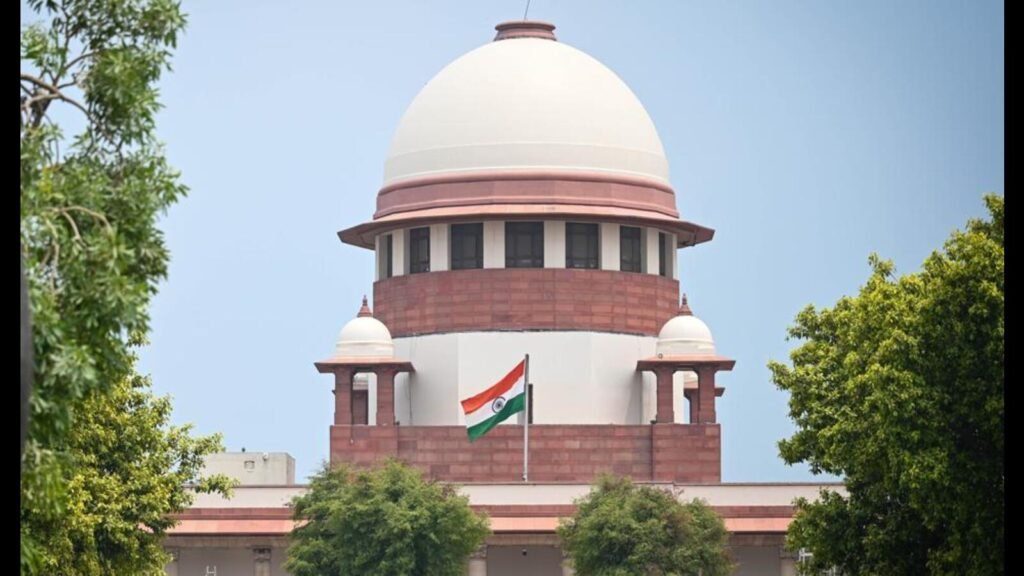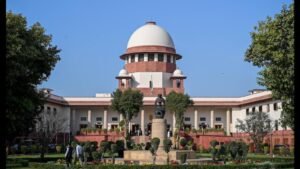
In this digital communication era, liberty, rights and conflicting claims are largely dependent on the authenticity of electronic records relied on by parties to disputes. Whether it be election disputes, criminal cases, or commercial cases, at every stage, the shift to electronic records renders traditional documentary evidence principles obsolete.

Since the Information Technology law was brought (albeit a decade late), there have been various attempts to define the contours for showing the authenticity of electronic records, which remains an ongoing. exercise. In response to contemporary challenges, complemented by technological interventions, the Bharatiya Sakshya Adhiniyam (BSA), 2023, which replaced the Indian Evidence Act (IEA) of 1872, attempted to offer a conductive mechanism for electronic evidence. Yet, older disputes continue to be tested under the IEA, keeping the issue alive.
This is not a purely academic debate. Questions about the admissibility of electronic evidence arise in the full spectrum of litigation, whether in a routine property dispute before a district court, a corruption trial involving intercepted phone records, or an election petition hanging on digital proof. Since trial courts and district courts are the first points of entry for most litigants, the lack of clarity on whether an electronic record is primary or secondary, and what certification it requires, has a cascading effect on the course of justice. Each such dispute has the potential to travel up the judicial ladder, multiplying confusion and inconsistency along the way.
On July 14, 2025, in Kum. Shubha @ Shubhashankar v. State of Karnatakathe Indian Supreme Court endorsed its 2020 ruling in Arjun Panditrao Khotkar v. Kailash Kushanrao GorantyalIt reiterated that Sections 65A and 65B of the IEA (now Sections 62 and 63 of the BSA) form a complete code on electronic evidence, leaving little scope for other provisions such as Sections 62–65 of the IEA. While this position may have been workable under the IEA, the changes in Section 57 of the BSA — recognizing electronic and digital records as primary evidence in prescribed form, call for a fresh look. Under the BSA, electronic records have the same legal effect as documents, but must comply with Section 63 (earlier Section 65B of the IEA) for admissibility.
This provision has had a checkered history. In the 2005 Parliament attack case (Navjot Sandhu), the Court allowed secondary electronic evidence to be admitted even without a Section 65B certificate, relying instead on general provisions such as Sections 63 and 65 IEA. This effectively diluted the safeguards of Section 65B. Hard cases often create bad law, and the Parliament attack case had almost effaced the safeguards in Section 65B of the IEA by allowing electronic evidence without strict certification, a precedent that risked eroding the reliability of digital proof across the justice system.
It took almost a decade to correct the course. In Anwar PV v. PK Basheer (2014), the Court overruled Navjot Sandhuholding that Sections 65A and 65B form a complete code and that electronic evidence without certification cannot be admitted under general rules for documentary evidence. Later, in Sonu (2017), the Court clarified that the certificate requirement had to be raised at the first instance. Conflicting rulings followed. In Tomaso Bruno v. State of UP (2015), the Court said Section 65B had to be read along with other provisions of the IEA, while Shafi Mohammad v. State of HP (2018) relaxed the certification requirement when the device producing the evidence was not in a party’s control.
The matter was finally settled in Arjun Panditrao Khotkar (2020), where a three-judge Bench reaffirmed that Sections 65A and 65B of the IEA constitute a complete code. It made the certificate under Section 65B(4) mandatory for secondary electronic evidence, while permitting original electronic records to be produced without such certification.
But this clarity under the IEA raises new questions under the BSA. By treating original electronic records as primary evidence through Section 57 (corresponding to Section 62 IEA), the BSA changes the legal landscape. The position in Arjun Panditrao That made Section 62 redundant now needs to be reconsidered. Courts generally interpret evidentiary law literally, and the BSA, designed as a technology-compliant law, is no exception.
However, in Kum. Shubha @ Shubhashankar (2025), the Supreme Court missed an opportunity to clarify the scope of Section 57 BSA and the meaning of primary electronic evidence.
Such clarity would have provided much-needed guidance to trial courts, high courts and, ultimately, litigants. The journey of electronic evidence in India over the past 25 years shows how delays in judicial clarity have caused confusion. As the saying goes, a stitch in time saves nine. A few timely lines from the Court in 2025 could have spared years of uncertainty for lawyers, judges and ordinary citizens relying on electronic evidence. Clear and authoritative guidance from the Supreme Court is essential, not only to settle the law but also to strengthen the efficiency and credibility of India’s justice delivery system, which depends on consistency and clarity of judgments.
Sidharth Luthra is senior advocate, Supreme Court of India, and Bharti Yadav is associate professor of law, National Law University Delhi. The views expressed are personal





